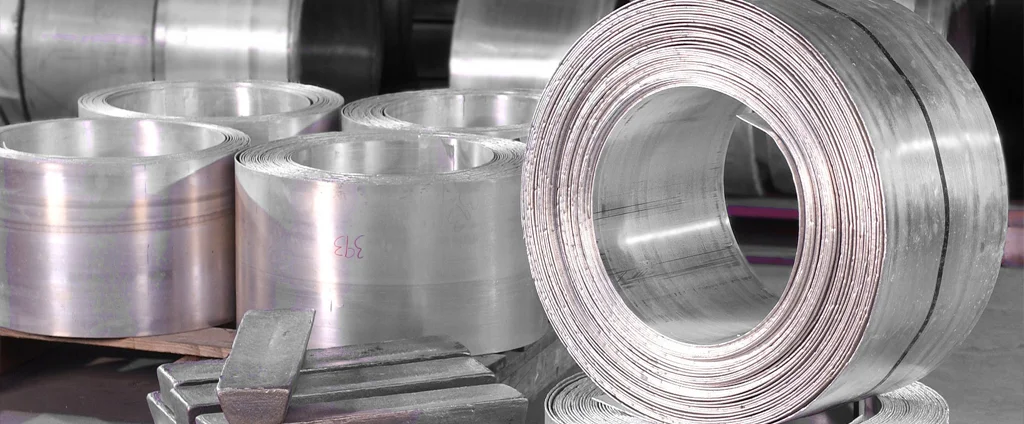Magnesium HM31A-F (UNS M13312)

HM31A-F is a high-performance magnesium alloy valued for its outstanding weldability, corrosion resistance, and exceptional strength-to-weight ratio. Widely utilized across aerospace, automotive, and industrial sectors, it delivers reliable mechanical properties suited for demanding engineering applications.
| Chemical Composition | ||
|---|---|---|
| Element | Min | Max |
| Magnesium | —— | Remainder |
| Manganese | 1.2% | —— |
| Thorium | 2.5% | 3.5% |
The following table provides a list of magnesium HM31A-F properties in both SI and US customary/Imperial units.
Click on the button to switch between Metric and Imperial units.
| Physical Properties | Metric |
|---|---|
| Density | 1800 kg/m3 |
| Mechanical Properties | Metric |
| Tensile Strength (Ultimate) | 290 MPa |
| Tensile Strength (Yield) | 230 MPa |
| Compressive Strength (Yield) | 185 MPa |
| Bearing Strength (Ultimate) | 480 MPa |
| Bearing Strength (Yield) | 345 MPa |
| Shear Strength | 150 MPa |
| Young’s Modulus (E) | 45 GPa |
| Shear Modulus (G) | 17 GPa |
| Elongation at Break in 50 mm | 10% |
| Poisson’s Ratio (ν) | 0.35 |
| Thermal Properties | Metric |
| Melting Point Incipient Melting | ≥ 482 °C |
| Solidus | 605 °C |
| Liquidus | 650 °C |
| Thermal Conductivity | 104 W/m·K |
| Specific Heat Capacity (Cp) | 1000 J/kg·K |
| Coefficient of Thermal Expansion (αL) | 26.0 1/°C |
| Heat of Fusion | 331 J/g |
| Electrical Properties | Metric |
| Electrical Resistivity | 6.60×10-6 Ω·cm |
The values in this table are approximate and can vary depending on various factors such as the specific manufacturing process and heat treatment applied to the alloy.
Advantages & Disadvantages of Magnesium HM31A-F
| Advantages | Disadvantages |
|---|---|
| High strength | High cost |
| Good corrosion resistance | Low melting point |
| High strength-to-weight ratio | Poor fatigue strength |
| Easy to weld | Difficult to machine |
| Versatile | Limited availability |
Applications of Magnesium HM31A-F
HM31A-F is a versatile alloy that can be used in a variety of applications. Key applications include:
- Aerospace industry: Used to manufacture aircraft parts such as engine mounts, landing gear, and structural components.
- Automotive industry: Applied in producing engine components like pistons, connecting rods, and cylinder heads, as well as body panels and wheels.
- Marine industry: Employed for boat hulls, decks, and marine engines.
- Sporting goods industry: Utilized in manufacturing bicycles, golf clubs, and related equipment.
- Tool industry: Used for hand tools including wrenches, screwdrivers, and hammers.
- Medical device industry: Fabricated into implants such as hip and knee replacements.
